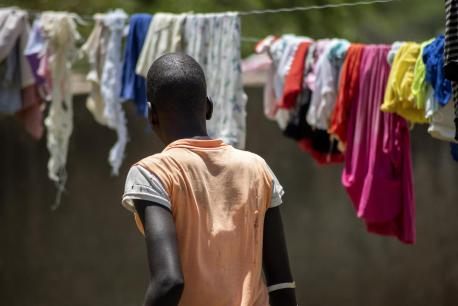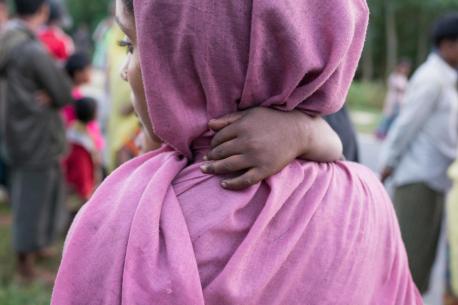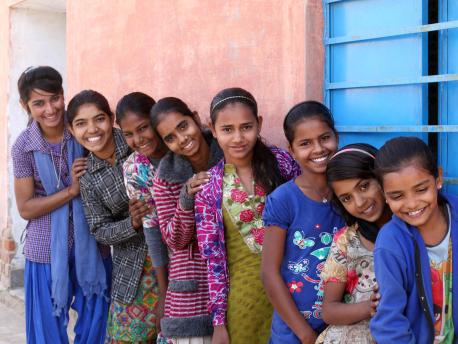
Not An Object: On Sexualization and Exploitation of Women and Girls
Objectification and sexualization of girls in the media is linked to violence against women and girls worldwide.
Every 10 minutes, somewhere in the world, an adolescent girl dies as a result of violence. Nearly one in five girls is sexually abused at least once in her life. In the United States, 18 percent of girls report that by age 17 they have been victims of a sexual assault or abuse at the hands of another adolescent.
Why are women and girls so often the victims of violence?
There is no single reason why women and girls are so often the victims of violence. However, when they are repeatedly objectified and their bodies hypersexualized, the media contributes to harmful gender stereotypes that often trivialize violence against girls.
A report by the American Psychological Association (APA) on the sexualization of girls in the media found that girls are depicted in a sexual manner more often than boys; dressed in revealing clothing, and with bodily postures or facial expressions that imply sexual readiness. In a study of print media, researchers at Wesleyan University found that on average, across 58 different magazines, 51.8 percent of advertisements that featured women portrayed them as sex objects. However, when women appeared in advertisements in men’s magazines, they were objectified 76 percent of the time.
Social media has "amplified age-old pressures for teenage girls to conform to certain sexualized narratives," according to a study published by The American Journal of Psychiatry. The study examined the sexting habits of teens and found that between 10 percent and 25 percent of adolescents surveyed had sent sexts — photos or texts of a sexual nature — and 15 percent to 35 percent had received sexts.
Hypersexualized models of femininity in the media affect the mental, emotional and physical health of girls and women on a global scale
Consequences of hypersexualization for girls and women include anxiety about appearance, feelings of shame, eating disorders, lower self-esteem and depression.
Research conducted for the Dove Self Esteem Project found that only 11 percent of girls worldwide would call themselves beautiful and six in ten girls avoid participating in life activities because of concerns about the way they look. One-third of all 6-year-olds in Japan experience low body confidence. Australian girls list body image as one of their top three worries in life, while 81 percent of 10-year old girls in the U.S. say they are afraid of being fat.
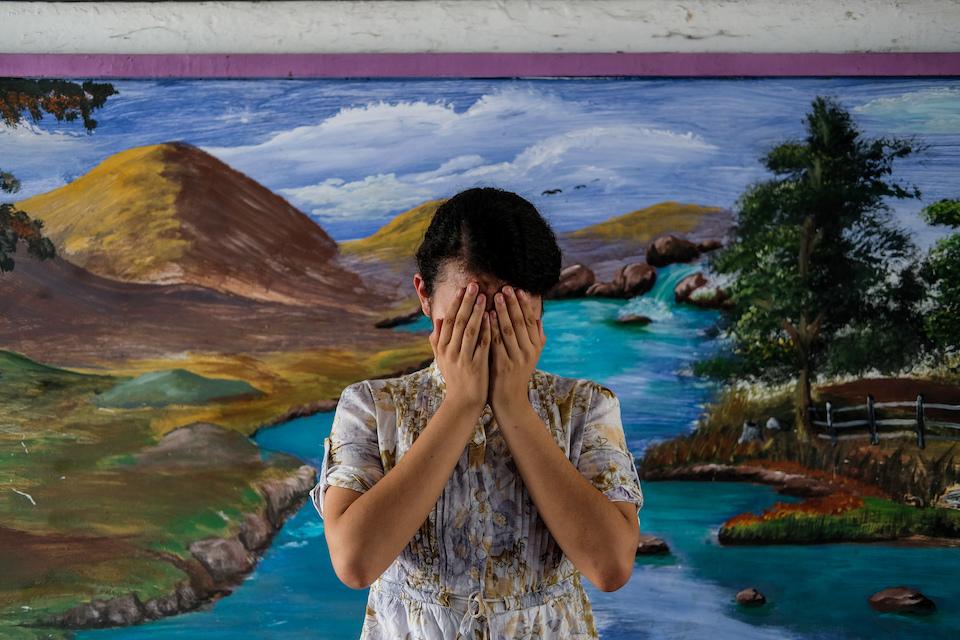
Sexual objectification contributes to harmful gender stereotypes that normalize violence against girls
These stereotypes are not only harmful for girls, but for boys as well. Boys see how their bodies are portrayed in relation to girls and internalize the notion that success and attractiveness are tied to dominance, power and aggression.
Advertisements can set the gauge for what a culture considers normal. When the media reinforces power dynamics that degrade and harm women and make gender-based violence seem trivial, it reduces the likelihood that acts of violence against girls and women — especially acts of sexual violence — will be reported.
According to data from 30 countries, only 1 percent of adolescent girls who have experienced forced sex reached out for professional help. In the U.S., only one in five female student victims between the ages of 18 and 24 reports the crime to law enforcement, according to the Department of Justice. Shame, denial and fear of repercussions all contribute to the reluctance of young women to share their stories.
This is a huge problem. Because when it comes to dating violence, domestic violence, rape on campus and sex trafficking, victims are often overlooked unless they come forward and report that they have been assaulted and exploited. The #MeToo movement raised awareness of sexual abuse and harassment and encouraged survivors to speak out, but systemic problems remain. Law enforcement and social service providers often do little to encourage women to self-identify, so it’s up to our culture and our media to empower women to affirm that all forms of sexual abuse and assault are serious and harmful.
All too often, the media sends the message that girls should be pretty, not powerful; noticed, not respected. And this is incredibly harmful, not just to a girl and her development, but to our culture at large.
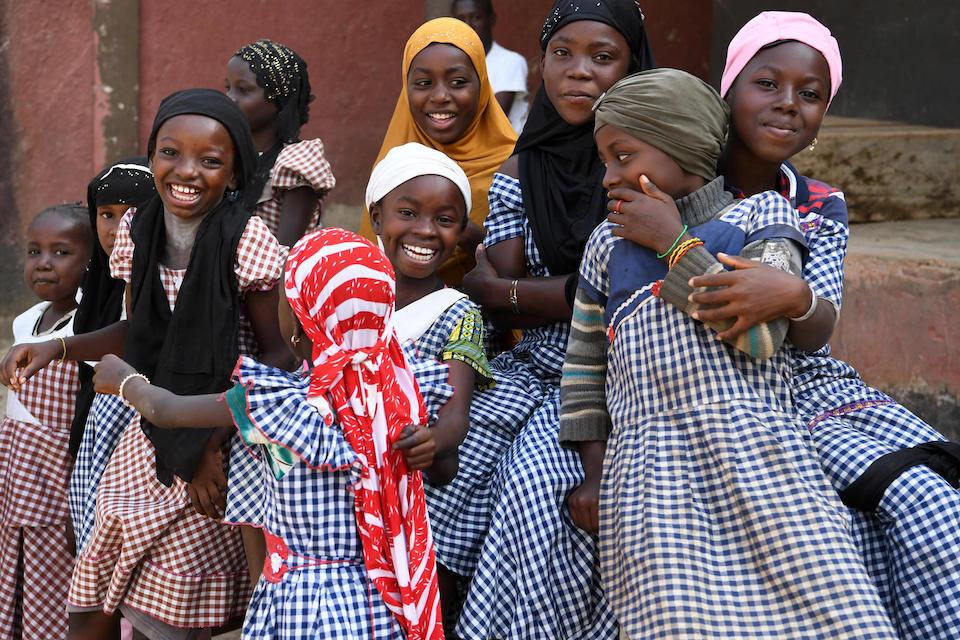
Join changemakers and organizations in the fight to end the media objectification of girls
While the sexual exploitation of women and girls is widespread, there are changemakers and organizations working to combat the media objectification of girls:
- The Geena Davis Institute on Gender in Media works within the media and entertainment industry to engage, educate and influence media producers to dramatically improve gender representation in films; to stop stereotyping girls and women; and to create diverse female characters in entertainment targeting children ages 11 and under.
- The 4 Every Girl campaign is calling on entertainment and media industry leaders to create an environment where young girls feel valued and are defined by health media images of themselves. Sign their petition to call on leaders in the entertainment and media industries to produce media images that respect, empower and promote the true value of every girl.
- Together for Girls is a global public-private partnership dedicated to ending violence against children, with a focus on sexual violence against girls. UNICEF, the World Health Organization and other partners collaborate with national governments and civil society and share their expertise and resources to address this egregious human rights violation and public health problem.
Support UNICEF's work to protect girls' rights and keep them safe from gender-based violence
UNICEF works with partners around the world to protect the human rights of girls and to keep them safe from harm. By giving girls the support they need to thrive, including equal access to education and opportunity, UNICEF is helping to build a better future for the next generation of young women.
For adolescent girls in particular, UNICEF invests in skills building to further their economic empowerment — as entrepreneurs, innovators and leaders. For the most at risk, UNICEF's targeted initiatives prevent and respond to gender-based violence by providing safe spaces, counseling, and apps that allow them to report violence and connect to local resources for support.
Learn more about how UNICEF is working to empower girls worldwide.
UNICEF works in over 190 countries and territories to help ensure children are healthy, educated, protected and respected. Support this mission. Donate today.
HOW TO HELP
There are many ways to make a difference
War, famine, poverty, natural disasters — threats to the world's children keep coming. But UNICEF won't stop working to keep children healthy and safe.
UNICEF works in over 190 countries and territories — more places than any other children's organization. UNICEF has the world's largest humanitarian warehouse and, when disaster strikes, can get supplies almost anywhere within 72 hours. Constantly innovating, always advocating for a better world for children, UNICEF works to ensure that every child can grow up healthy, educated, protected and respected.
Would you like to help give all children the opportunity to reach their full potential? There are many ways to get involved.



